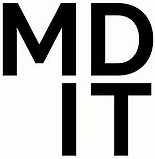A repositioning of sound as the primary program forming component in architectural designs
The Museum of Sound studio was offered to RMIT interior design and architecture students in 2004. The studio sought to position sound as the primary content and program forming element of architectural designs. The studio was broken into four themes, listening, collecting, curating and design.
The theme of listening was employed as an attempt to address aspects of the undergraduate training the students had previously received. This training was often predicated upon the development of a high degree of visual acuity. The challenge to the students was to develop their aural acuity accordingly. Borrowing heavily from R. Murray Schafer’s A Sound Education [3], students undertook a range of listening and documentation exercises with a view to developing their listening potential. Ultimately, the students were expected to begin to hear architecture.
Via a course of technical and design exercises involving the use of sophisticated spatial recording techniques, collecting required students to research and identify a potential museum collection. Increasing in sophistication from mono to 3D multi-channel recording, the students produced a number of aural collections ranging from a one-week-in-the-life-of personal audio history recording, a tonal or sound collection, and an audio history collection. Rather than being recorded, the audio history collection undertook to construct a particular historical narrative via found recordings.
The final stage of collecting dove-tailed into curating, whereby students were asked to undertake a field survey to identify a range of, what were described as, spatio-acoustic instances, that is, spaces, objects, places or fields that had a particular spatio-acoustic identity that the students could recognize and describe. The identification of architectures and environments of particular aural profiles, their collection in the form of recorded material, and subsequent categorisation into spatio-acoustic typologies was a critical aspect of the overall studio.


